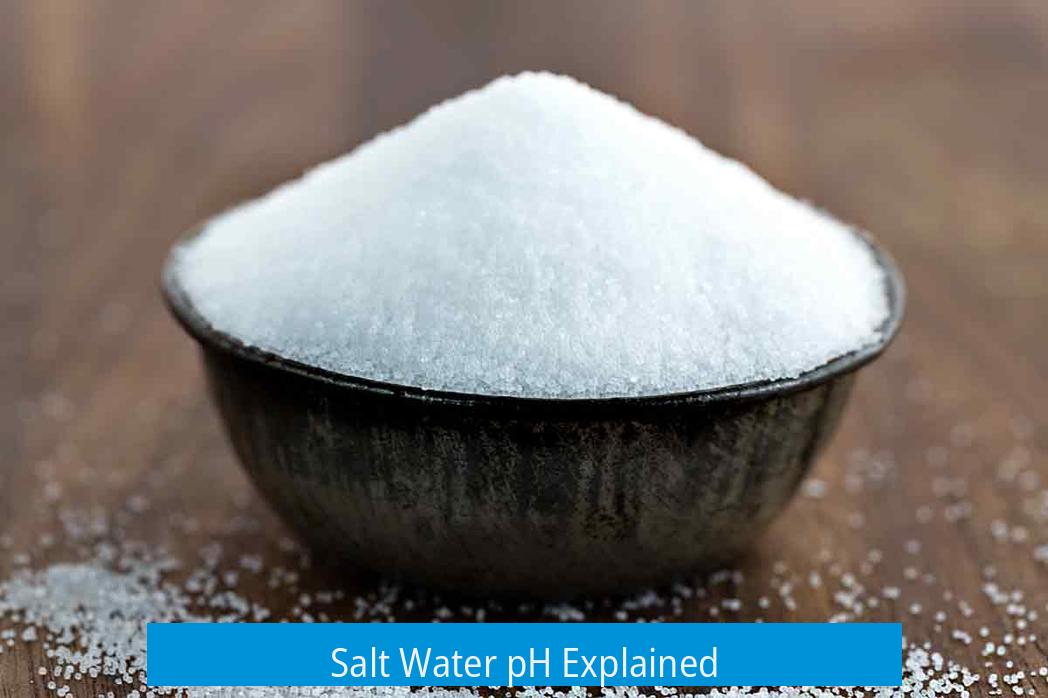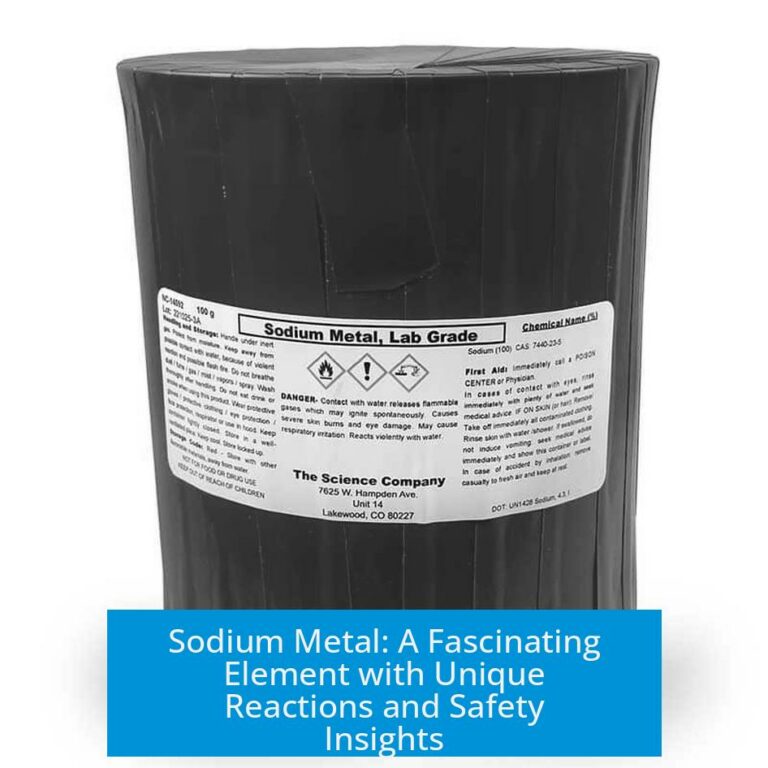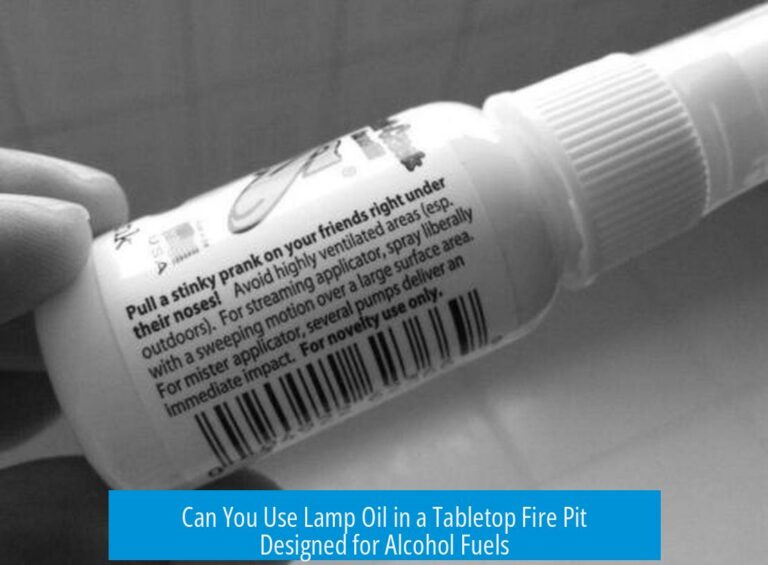Salt Water pH Explained

Saltwater pH mostly reflects the original water’s pH because common salt (NaCl) dissolves neutrally without affecting acidity or alkalinity. Sodium chloride does not change the hydrogen ion concentration significantly.
How NaCl Behaves in Water
When NaCl dissolves, it splits into sodium (Na+) and chloride (Cl−) ions. Both ions have minimal acidic or basic properties.
- Na+ is a very weak acid, as sodium hydroxide (NaOH) is a strong base.
- Cl− is an extremely weak base, given that hydrochloric acid (HCl) is a strong acid.
Therefore, NaCl does not significantly affect the pH of the solution. The resulting pH remains close to the original pH of the water used.
Influence of Tap Water Composition
Tap water naturally contains various dissolved compounds that influence pH. These components remain active even after adding salt.
The pH of saltwater prepared from tap water typically stays between 5 and 7, depending on these dissolved substances.
Technical Aspects of Measuring pH in Salt Solutions
pH measures hydrogen ion activity, calculated as the hydrogen ion concentration times an activity coefficient. This coefficient adjusts for ionic interactions affecting ion availability.
In dilute solutions, the activity coefficient approximates 1, making pH directly reflect ion concentration. Saltwater solutions with moderate NaCl levels fall into this category.
At very high salt concentrations near saturation, the activity coefficient can vary, potentially influencing pH readings. However, typical saltwater concentrations are well below saturation, limiting this effect.
Summary of Key Points
- NaCl dissolves neutrally, so it does not change pH significantly.
- The pH of saltwater depends mainly on the initial water’s composition and pH.
- Hydrogen ion activity, not just concentration, determines pH values.
- Activity coefficients vary in high salt solutions but have limited impact at common salt concentrations.





Leave a Comment